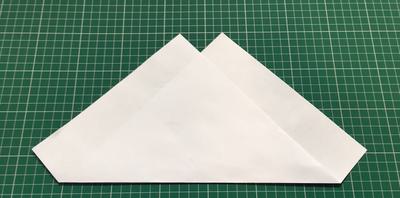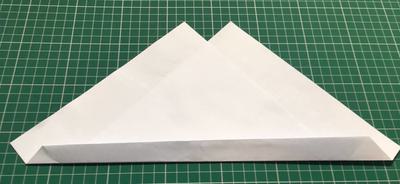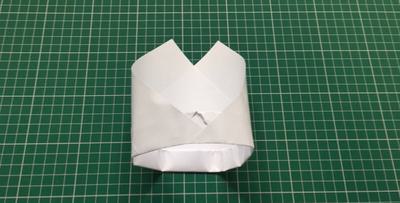Kitchen Science: Space Engineering
ResourcesWe have three science experiments for you to try out which are all link to space and how these concepts are used in space engineering.
Find out how to make these experiment by watching the short animated video below or follow the instructions underneath the video. You can find out about the science behind each experiment below.
Potato Maze
You’ll need:
- Potato with spouts
- Scissors
- Cardboard
- Shoe Box
- Sticky Tape or Glue
Instructions:
- Take a piece of cardboard and cut it into small rectangles, these are going to fit inside your shoe box.
- Place the cardboard stripes inside your shoe box and secure by using sticky tape or glue. This is going to form your maze.
- Use the scissors to cut a hole at the end of your shoe box, to allow the light in.
- Place the potato and the opposite end and place the lid on top.
- Leave the shoe box by a windowsill to allow the light into the hole.
- Check on your potato every few days, what is happening to the spouts? You should see the spouts growing towards the end of the maze.
Science behind the experiment:
Growing plants and food in space can be really challenging, what do plants need in order to grow? All plants need; carbon dioxide, water and sunlight in order to grow. This is called photosynthesis. The potato spout is reaching for the sunlight so it can continue to grow and this is why it follows the maze.
UFO Paper Plane
You’ll need:
- Piece of paper



Science behind the experiment
Having an aircraft that glides means that it is more economical and efficient to run. Aeronautics researchers are looking at technologies to see how this is possible and are always looking at ways to improve aircrafts.
How far did your aircraft fly? Did it follow the same pattern every time?
Bucket Spinning
You’ll need:
- Bucket
- Water
Instructions:
- Fill the bucket with a little bit of water.
- Take the bucket outside and start swinging it around.
- When you stop spinning, remember to not stop it mid-air as you will get very wet!
Science behind the experiment:
So, you might be thinking, all I am doing is spinning a bucket, but this is how our satellites stay in the earth’s orbit without crashing down back to earth. This is called centripetal force. The force is acting on the bucket moving in a circular path. Sir Isaac Newton’s first law of motion is that an object will remain at rest until there is a change from an external force. If you spin your bucket for hours the water won’t be coming out but if you stop spinning with your arm directly above your head; gravity is the stronger force causing the water to fall on your head.